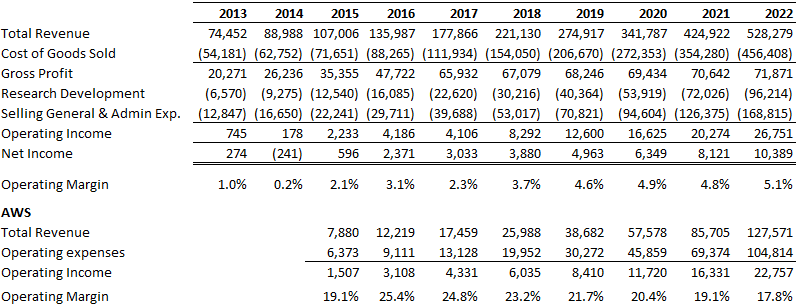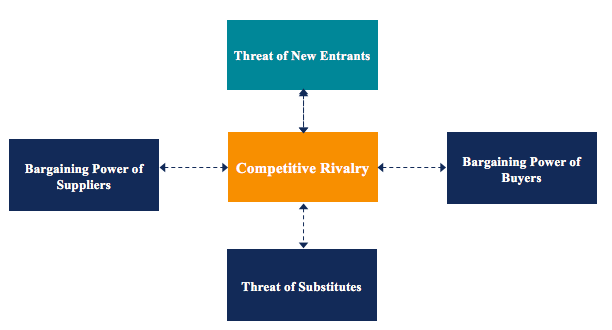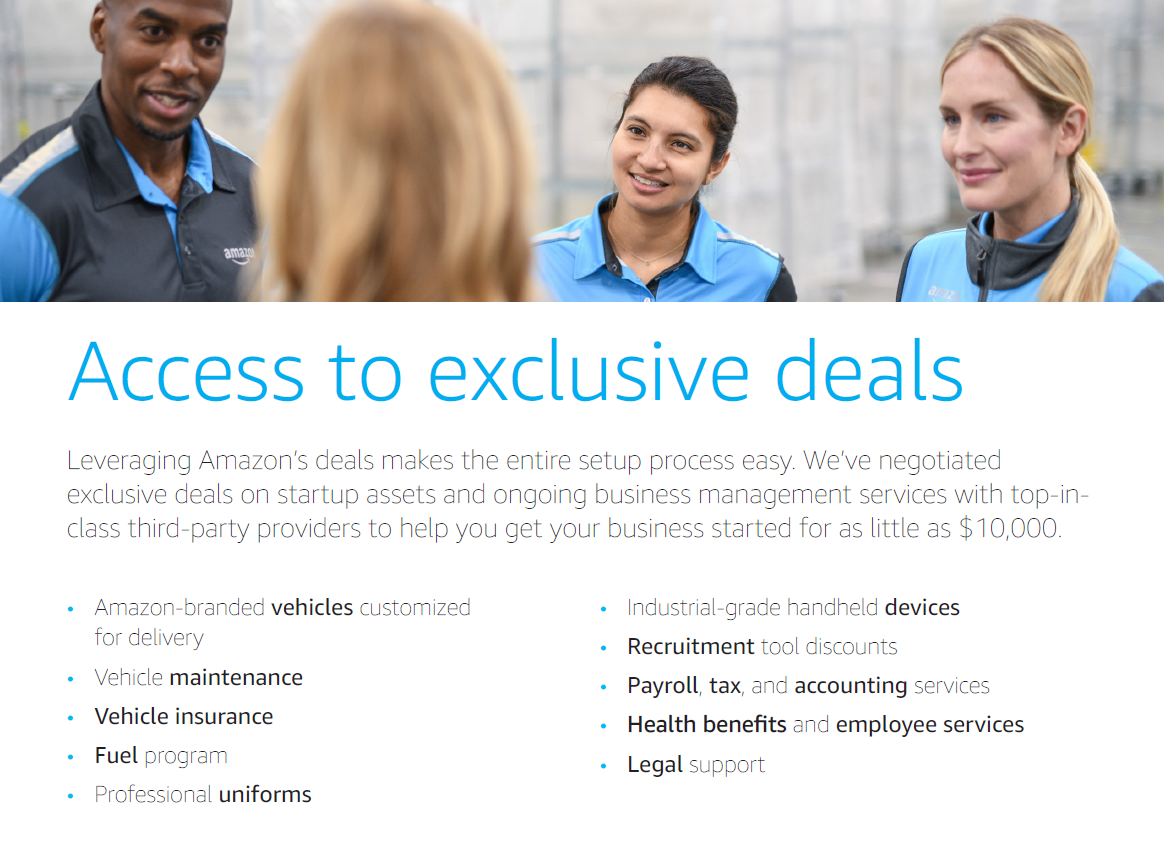
Many affordable tools identify product gaps on Amazon. Particularly when new entrants are diversifying from other markets, they can leverage existing capabilities and cash flows to shake up the competition, as Pepsi did when it entered the bottled water industry, Microsoft did when it began to offer internet browsers, and Apple did when it entered the music distribution business,” Porter wrote.īrands developing products for the Amazon marketplace could be particularly vulnerable to this competitive force. “New entrants to an industry bring new capacity and a desire to gain market share that puts pressure on prices, costs, and the rate of investment necessary to compete. When developing a consumer product, it is important to understand the barriers to entry - how easy it might be to introduce a similar item. In these cases, it would be difficult for a supplier to control the availability and cost of goods. For example, in the supplements and cosmetics industries, contract manufacturers often try to own the formulas. Suppliers are powerful in an industry when the thing they are providing is difficult to replace. Given a choice, suppliers would have your business pay more and receive less. In a sense, suppliers are similar to buyers in the five forces model. The “ Jobs to be Done” framework is useful for this purpose. Thus brands should understand why buyers are interested in the industry’s products. Buyers are powerful if they have negotiated leverage relative to industry participants, especially if they are price-sensitive, using their clout primarily to pressure price reductions.”

But left to their druthers, most customers want to receive more and pay less.Īs Porter wrote, buyers “can capture more value by forcing down prices, demanding better quality or more service (thereby driving up costs), and generally playing industry participants off against one another, all at the expense of industry profitability. The takeaway for new consumer brands is to understand how rivals compete now and what differentiates one from another.īuyers’ bargaining power. Porter describes many ways to analyze rivals.

Industries with companies that compete on price alone will have much less profit potential, limiting the chances of success. The degree to which rivalry drives down an industry’s profit potential depends, first, on the intensity with which companies compete and, second, on the basis on which they compete,” wrote Porter in his 2008 article. High rivalry limits the profitability of an industry. Rivalry among companies is what we normally think of as competition, “including price discounting, new product introductions, advertising campaigns, and service improvements. Porter’s five forces help us think about the competitive structure of an industry and its profit potential.ĭirect rivals. In Porter’s model, the five competitive forces are: Porter argues that there is a relationship between profit and competition and that businesses often define competition too narrowly. And the profit potential varies among products and industries. Not every product, however, will generate profits. They have identified a strategy that leads to profitability.

These companies are all successful in their industry. Earlybird could be competing in the supplements industry. For Daring Foods, the industry might be meat replacements. Warby Parker sells eyeglasses.Įach of these products is an entry into an industry.

Earlybird sells a wake-up nutritional drink. Beardbrand sells men’s grooming supplies. Daring Foods sells a soy-based chicken replacement. We could list thousands of such companies. That idea - a product - is common across all consumer brands. Defined broadly, “consumer brand” is any business that makes and sells its own branded products.


 0 kommentar(er)
0 kommentar(er)
